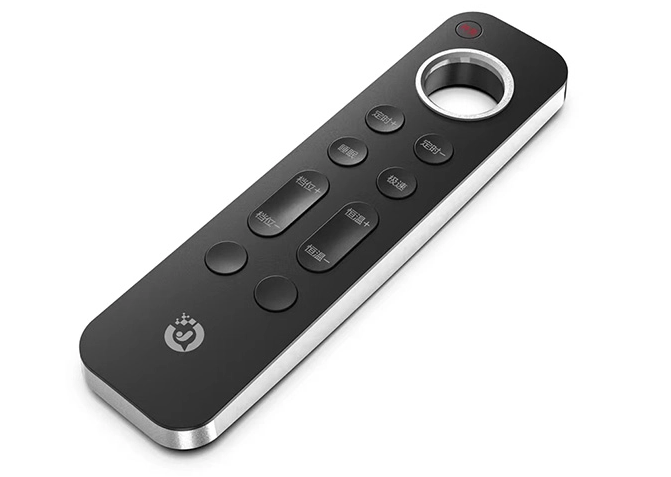
In today's fast-paced world, printers have become an essential tool for both personal and professional use. While home printers and office printers may seem similar at first glance, there are several key differences that set them apart. Understanding these distinctions can help individuals make informed decisions when choosing the right printer for their specific needs. In this article, we will delve into the dissimilarities between home printers and office printers, exploring their features, capabilities, and suitability for different environments.
- Purpose and Usage:
Home Printers:
Home printers are primarily designed for personal use within a household setting. They are typically used for printing documents, photos, and occasional school or hobby-related projects. Home printers are generally more compact and affordable, catering to the needs of individuals or small families.
Office Printers:
On the other hand, office printers are specifically engineered to meet the demands of a professional work environment. They are designed for high-volume printing, capable of handling large quantities of documents on a daily basis. Office printers often offer advanced features such as duplex printing, collating, and stapling, which enhance productivity and efficiency in a business setting.
- Printing Speed and Volume:
Home Printers:
Home printers are generally slower in terms of printing speed compared to office printers. They are optimized for occasional use and are not intended for high-volume printing. While they can handle small print jobs efficiently, they may struggle with larger tasks, resulting in longer printing times.
Office Printers:
Office printers excel in terms of printing speed and volume. They are built to handle continuous printing throughout the day, accommodating the needs of multiple users. With faster printing speeds and larger paper capacities, office printers can significantly enhance productivity in a busy work environment.
- Connectivity and Network Capabilities:
Home Printers:
Home printers often come with basic connectivity options such as USB and Wi-Fi, allowing users to print directly from their computers or mobile devices. They are typically designed for individual use and do not require complex network setups.
Office Printers:
In contrast, office printers offer advanced connectivity and network capabilities. They can be connected to a local area network (LAN) or integrated into a larger office network, enabling multiple users to access the printer simultaneously. Office printers often support features like secure printing, which requires users to authenticate themselves before releasing print jobs, ensuring confidentiality and security in a professional setting.
- Maintenance and Durability:
Home Printers:
Home printers are generally less robust and require less maintenance compared to office printers. They are designed for intermittent use and may have a lower duty cycle. Home printer consumables, such as ink cartridges, are often more affordable and readily available for individual purchase.
Office Printers:
Office printers are built to withstand heavy usage and are more durable than home printers. They are engineered to handle high print volumes, reducing the need for frequent maintenance. However, office printer consumables, such as toner cartridges, may be more expensive due to their higher yield and quality.
Conclusion:
In summary, the differences between home printers and office printers are evident in their purpose, usage, printing speed and volume, connectivity, and maintenance requirements. Home printers cater to personal needs, offering affordability and convenience, while office printers are designed for professional environments, emphasizing productivity and efficiency. Understanding these disparities can help individuals and businesses make informed decisions when selecting the most suitable printer for their specific requirements.




